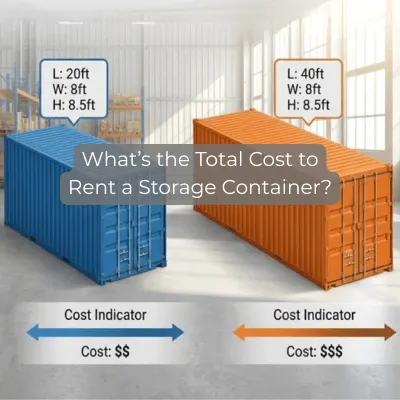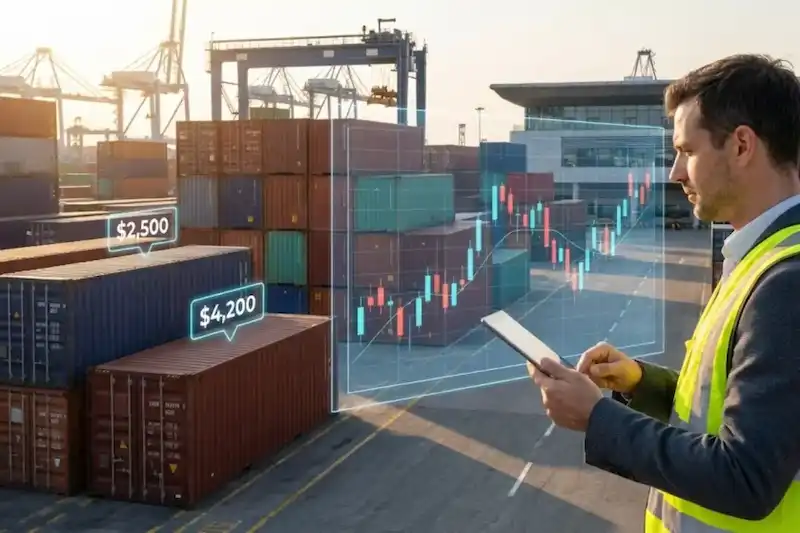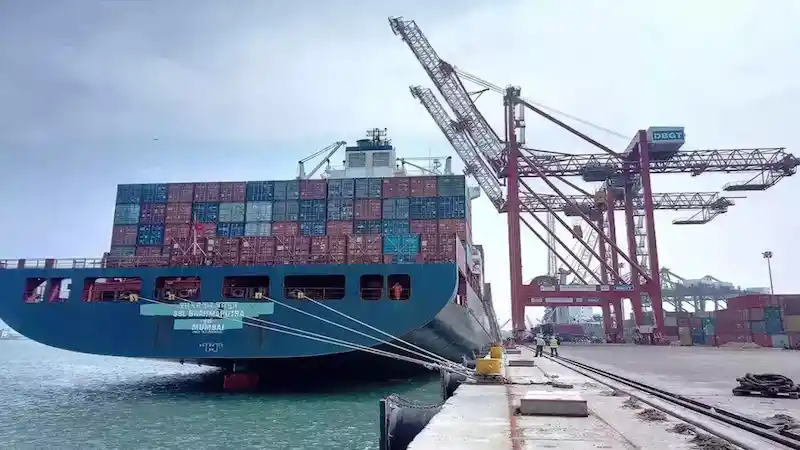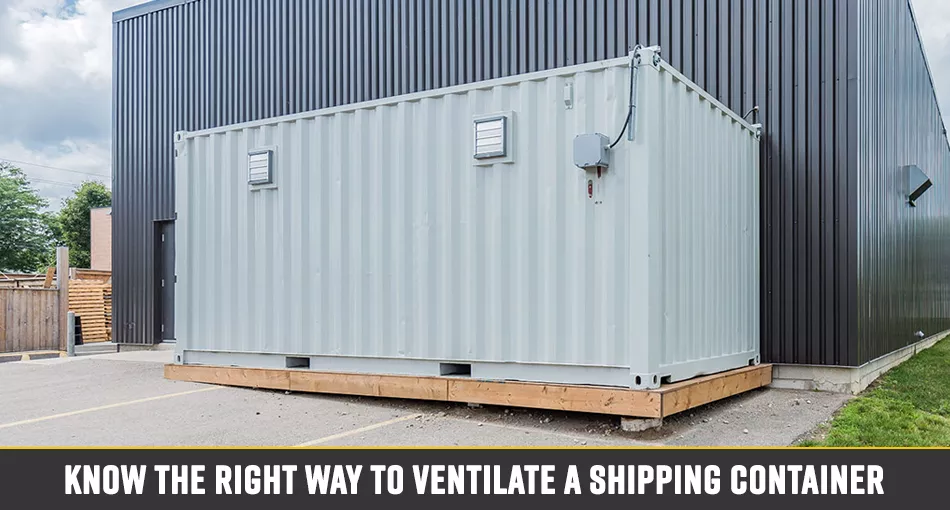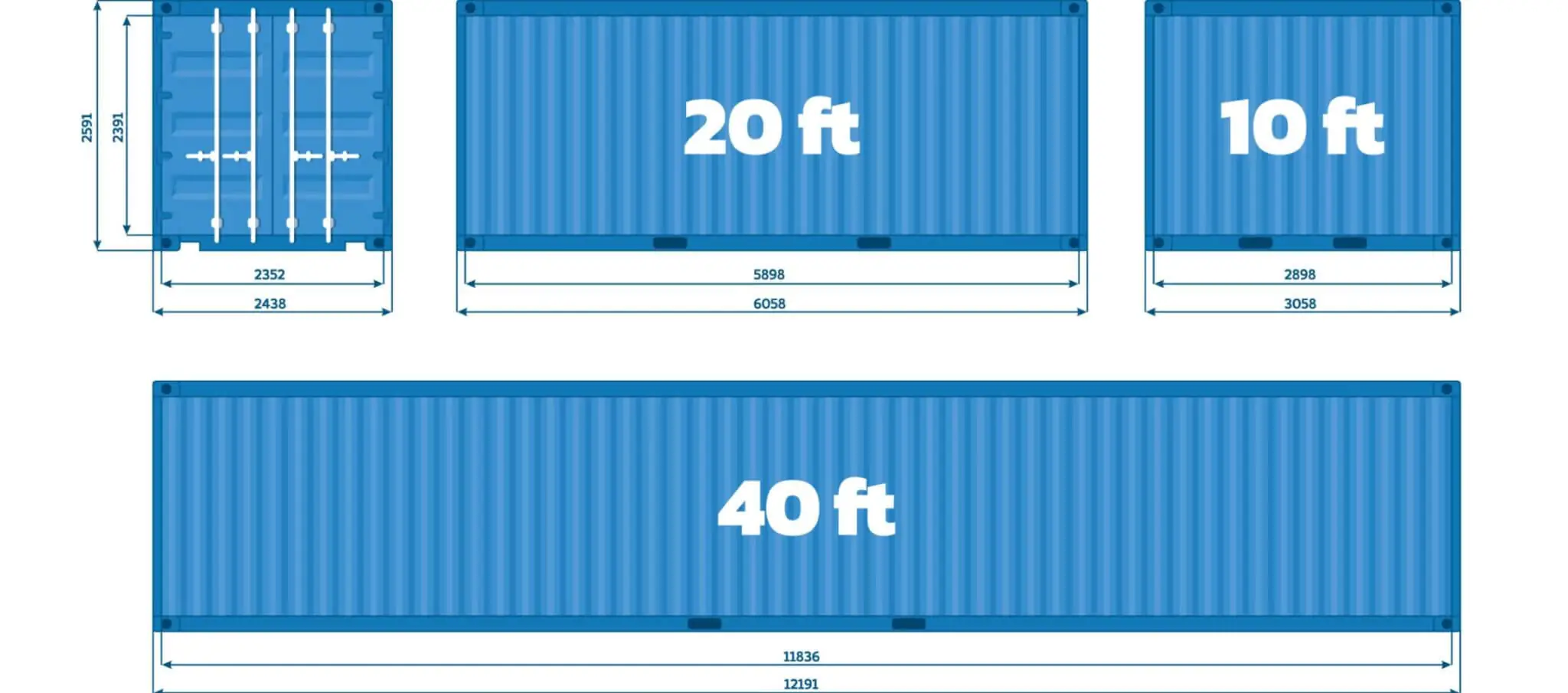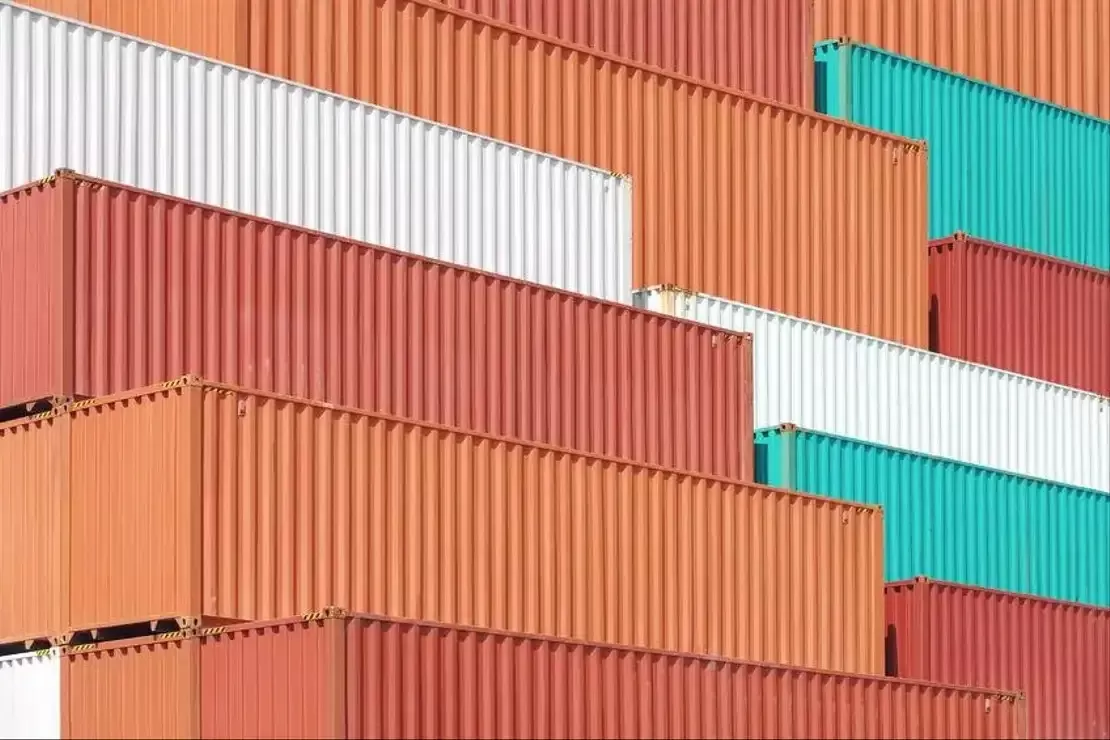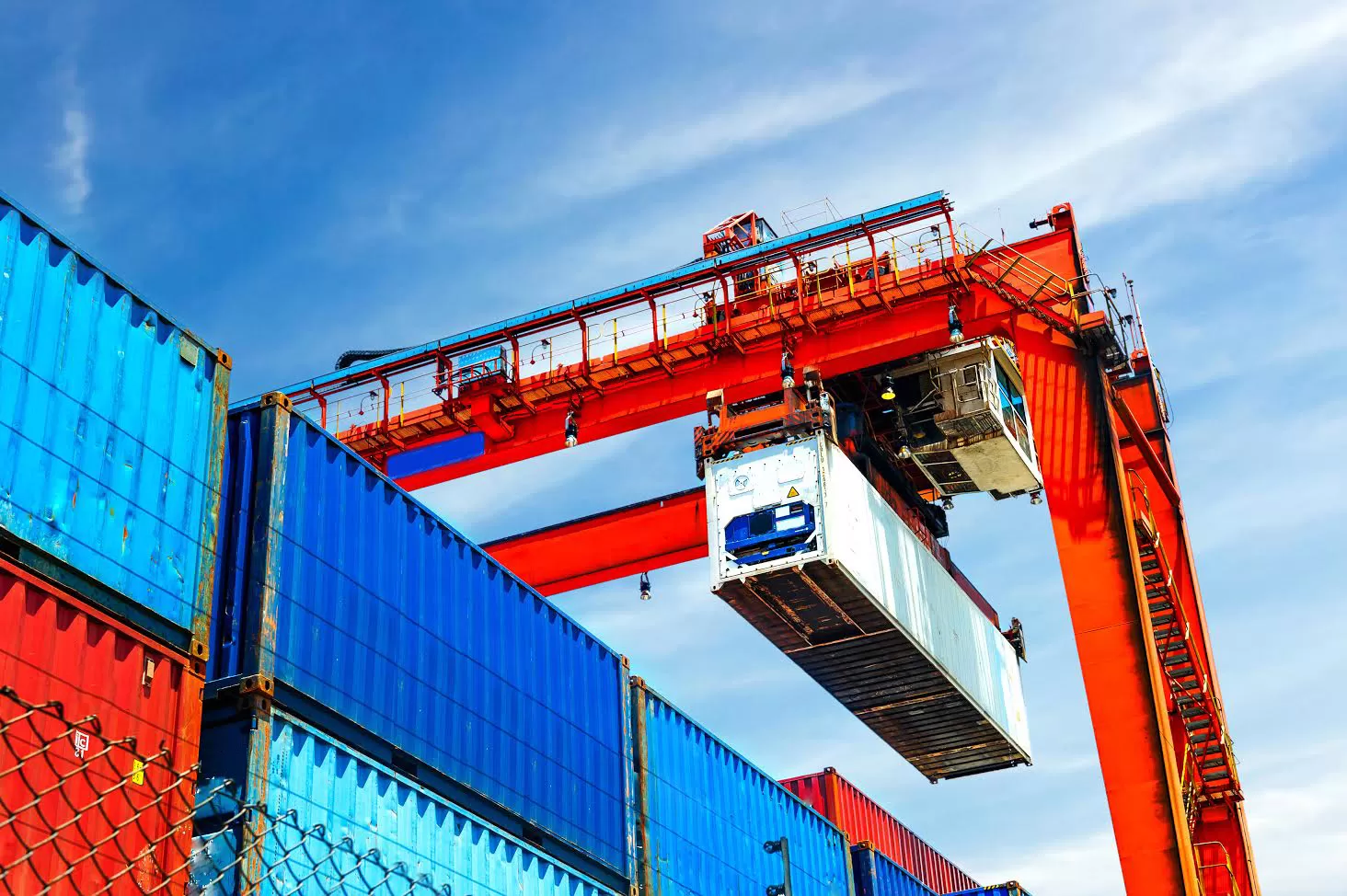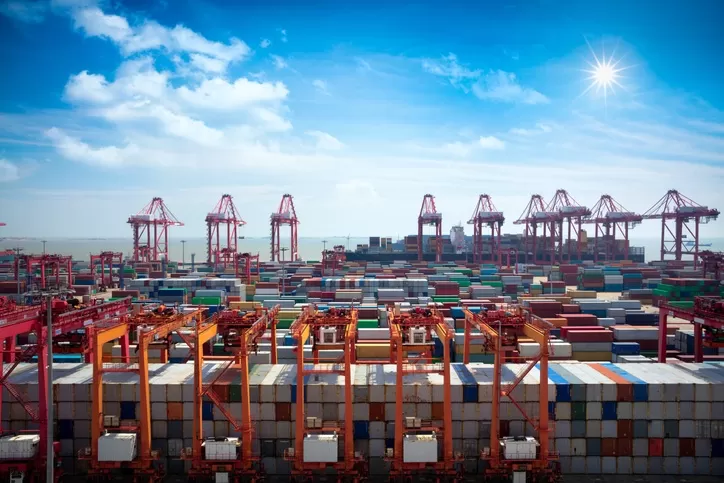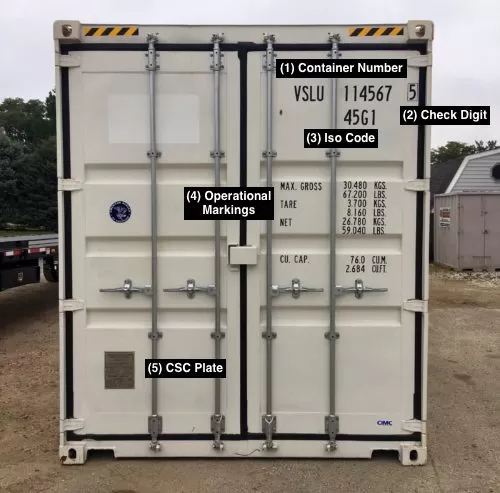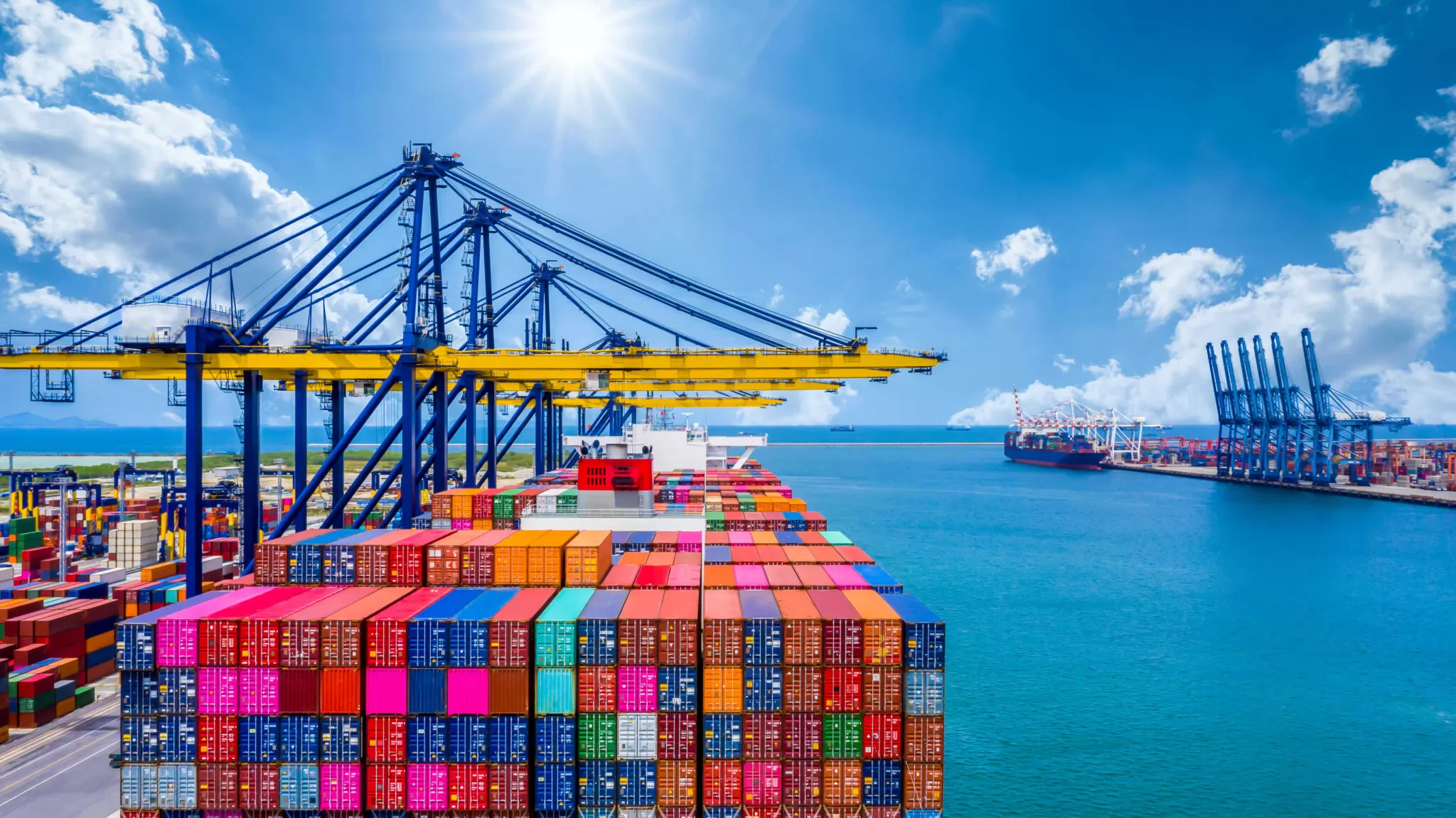What Is a Cargo Manifest in Shipping? Types, Uses, and Key Information

A cargo manifest, in the formal lingo of shipping and logistics, is a comprehensive document listing all the cargo onboard a particular vessel for a specific journey. It’s the captain’s log, if you will, that keeps track of everything being transported. Let’s learn more about the crucial role of a cargo manifest in logistics management.
Typical Contents Of A Cargo Manifest
What exactly does a cargo manifest contain? Here are its typical contents:
- Operator name and details. This is basically who’s in charge of the ship. It’s important to have these details for accountability and contact purposes.
- Consignor information. This would be the person or company sending the goods.
- Document or bill of lading number. It’s an official document that proves the carrier has received the cargo and has a contract from the shipper to carry it to the destination.
- Quantity, type, and description of the goods. This is a thorough rundown of what’s inside the cargo holds which ensures supply chain transparency. Everything from how much there is, what it is, and any special handling instructions it might need.
- Origin and destination. Where the journey began and where it’s supposed to end.
- Hazardous material information (if applicable). If there’s anything dangerous on board or inside a shipping container, like explosives or chemicals, it’s crucial to have it clearly listed and labeled for safety reasons and necessary security protocols.
Now you know that the cargo manifest isn’t just a list — it’s an important document that ensures smooth logistics management. But who usually uses such a document?
Who Uses The Cargo Manifest And Why?
The cargo manifest is vital shipping documentation used by multiple parties in global supply chains, each with their own unique reasons:
- First off, the ship operators use the cargo manifest as a comprehensive guide for their voyage. It allows them to ensure that everything is in order on their ship, from what’s being transported to where it’s headed. It’s their roadmap to a successful journey.
- Next up are the customs officials. They use the cargo manifest to check what’s coming into their country and whether it’s all above board. Such customs clearance procedures using a cargo manifest are their tool to prevent smuggling and ensure all import laws are being followed.
- Then there are the shipping companies. They use the cargo manifest as an administrative document, listing the contents of their ships by port of destination.
- And last but not least, we have the consignors and consignees. These are the people or companies sending and receiving the goods. For them, the cargo manifest is a form of receipt, proving what they’ve sent or what they’re supposed to receive.
So, whether it’s for navigation, law enforcement, administration, trade compliance, or proof of transaction, the cargo manifest keeps the wheels (or in this case, propellers) of the shipping industry turning smoothly. Knowing that, let’s explore different types of shipping manifests.
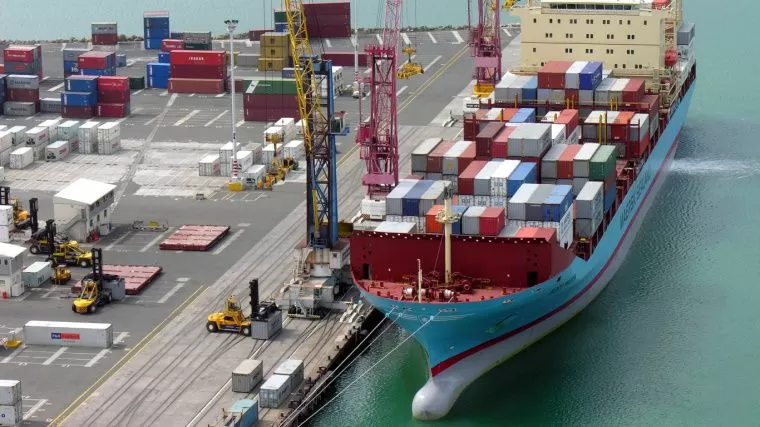
The Different Shipping Manifests
Shipping manifests are usually divided into several types, each with a unique purpose and importance:
- Cargo manifest. This is the main character in a shipping story. As stated above, it’s a detailed list of all the cargo on a ship or inside a shipping container, including information about the consignor, consignee, and the nature, quantity, and destination of the goods, which is important for trade compliance.
- Passenger manifest. This one is all about people rather than goods. It lists everyone on board a passenger ship or aircraft to make sure everyone is accounted for and includes details like names, ages, and places of origin.
- Inward and outward manifests. These are the “hello” and “goodbye” documents of the shipping industry. The inward manifest is used when goods arrive at a port, while the outward manifest is for when they leave.
- Hazardous cargo manifest. If you’re transporting anything dangerous, this is the manifest you need. It contains all the information about hazardous materials on board, including their classification, quantity, handling instructions, and security protocols.
There is a manifest for everything or everyone you may ship. Each one is important for keeping shipping organized and safe. But as we started discussing a cargo manifest, let’s find out if it can be changed.
Can The Cargo Manifest Be Changed?
According to international trade regulations and laws, amendments to the cargo manifest are indeed possible. However, it’s more complicated than just whipping out an eraser or hitting the backspace key. There are rules and procedures that need to be followed.
Changes to the cargo manifest can be made before the cargo is loaded onto the ship. This allows for adjustments due to last-minute changes in the cargo, errors in documentation, or other unforeseen circumstances.
Once the ship has set sail, things get a bit more complicated. While it’s technically possible to amend the cargo manifest after the ship has left port, it often requires the approval of customs officials after additional customs clearance procedures and could lead to delays and additional costs.
Think of it like changing your order at a restaurant — it’s possible, but it’s best to get it right the first time to avoid any unnecessary complications.
So, yes, the cargo manifest can be changed, but it’s a process that should be undertaken with care and only when necessary.

Automated Cargo Manifest
Let’s talk about the future of the global supply chains — the automated cargo manifest. Imagine this: instead of manually writing down every single item being loaded onto a ship (which can be a real headache), an automated system takes care of it all, like a super-efficient personal assistant who never takes a coffee break.
This system has some serious benefits that make it one of the advanced cargo manifesting technologies:
- Efficiency. Automation and digitalization in shipping speed up the process of creating and managing cargo manifests, saving valuable time that you can use elsewhere.
- Data accuracy. We all make mistakes, but with automated systems, those little human errors are a thing of the past, ensuring the information on the cargo manifest is precise and reliable.
- Real-time updates. With automation, any changes to the cargo manifest happen in real-time, ensuring supply chain transparency. It’s like having your own personal cargo tracking systems for tracking and managing your cargo.
- Improved compliance. Automated systems can be updated with the latest regulatory requirements, ensuring that cargo manifests are always compliant with international trade regulations.
- Cost-saving. Over time, automated systems can lead to some serious cost savings. You’ll need less manual labor, and you’ll avoid those costly errors.
- Data analysis. Automated cargo manifests generate data that can be analyzed to identify trends, improve operations, and make smart business decisions.
But, as with any technology, it’s not all smooth sailing. There can be technical glitches, security issues, and a need for training staff to use the new system.
So, while the automated cargo manifest is a big step towards advanced cargo manifesting technologies in the shipping industry, it’s important to navigate this new territory carefully.
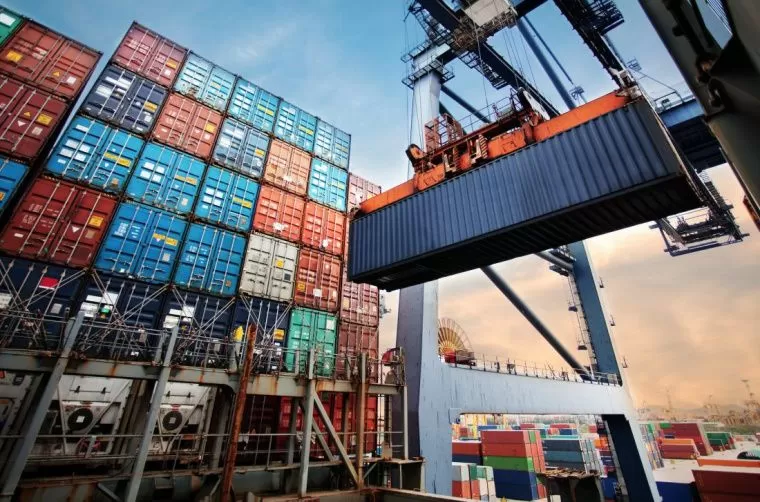
Cargo Manifest And Bill Of Lading
Along with a cargo manifest and other shipping documentation, you might hear of a bill of lading. There are no equal terms. Let’s explore the difference between a cargo manifest and a bill of lading, and how they play their parts in international trade.
First up, a cargo manifest. This is like a detailed shopping list of everything on a ship. It includes information about the nature, quantity, and destination of the goods. A cargo manifest is used by customs to check what’s coming into a country and is a crucial document for the ship’s captain, who needs to know exactly what’s on board.
On the other hand, we have the bill of lading. This is more of a contract between the shipper and the carrier. It serves three main purposes:
- it’s a receipt for the goods shipped;
- it’s evidence of the contract of carriage;
- it’s a document of title to the goods.
To put it simply, the bill of lading is like your ticket at a coat check. It proves you handed over your coat (or in this case, cargo), outlines the terms of keeping it safe, and you need it to get your stuff back.
So, while both documents are vital for freight forwarding, they serve different purposes. The cargo manifest tells you what’s on the ship, while the bill of lading lays out the agreement between the shipper and the carrier and acts as a receipt for the goods.
Now you know everything about the role of a cargo manifest in shipping. But if you have any additional questions or just want to learn more about the shipping industry, contact us or check our blog. We are happy to help you.
Your Shop for Quality Shipping Containers
Pelican Containers is a world leader in international container trading and a company offering global service with local knowledge. We have been around for years now and are known for our superior quality, competitive pricing, and dedicated customer service. Our containers range from 6ft to 45ft in length and come in a variety of types like flat rack, high cube, open-top, open-side and standard along with chassis in varied lengths. We source our boxes only from our trusted partners and offer them at the best possible price. Easy booking, safe payment, and fast and efficient delivery are our USPs.
Vanessa is a dedicated writer and content enthusiast at Pelican Containers. With a background in practical writing and a keen eye for clarity, she transforms complex container topics into easy-to-understand and useful content. Her passion lies in exploring the evolving world of container usage — from smart storage hacks to global logistics trends.
When she's not writing, Vanessa loves discovering creative shipping container projects or traveling to find new inspiration.
Explore thoughtful, informative, and accessible content with Vanessa!
Vanessa is a dedicated writer and content enthusiast at Pelican Containers. With a background in practical writing and a keen eye for clarity, she transforms complex container topics into easy-to-understand and useful content. Her passion lies in exploring the evolving world of container usage — from smart storage hacks to global logistics trends.
When she's not writing, Vanessa loves discovering creative shipping container projects or traveling to find new inspiration.
Explore thoughtful, informative, and accessible content with Vanessa!
FAQ
What are the key differences between a cargo manifest and a bill of lading?
A cargo manifest is a detailed list of all the cargo being transported on a specific vessel and includes info like the description of the goods, their quantity, weight, and packaging. A bill of lading is like a VIP pass issued by the carrier to the shipper. It acknowledges that the goods have been received and provides evidence of the contract of carriage. Essentially, it’s a receipt, a contract of carriage, and a document of title.
How do shipping companies ensure the accuracy and integrity of the information included in a cargo manifest?
Shipping companies have got a few tricks up their sleeves to ensure data accuracy. They may have strict documentation procedures, verify the cargo against the manifest, and use advanced technologies like electronic data interchange (EDI) and automated cargo tracking systems. Moreover, they might carry out physical inspections and audits to double-check that the cargo matches the info on the manifest.
What are the potential consequences of failing to submit a cargo manifest or providing inaccurate information?
Well, it’s not pretty. If shipping companies don’t submit a cargo manifest or if they provide inaccurate information, they could be hit with legal penalties, fines, and delays in clearing their cargo. Wrong info can also lead to misrouting of the cargo, loss of goods, and disputes between the shipper, carrier, and consignee. Also, it can affect customs clearance and compliance with international trade regulations.
How is the process of manifesting cargo evolving with the integration of blockchain and other advanced technologies in the shipping industry?
The future of manifesting cargo is looking pretty high-tech due to digitalization in the shipping industry. Blockchain and other advanced technologies are shaking things up. Blockchain offers a decentralized and transparent platform for recording and verifying transactions, including the creation and sharing of cargo manifests. This improves data security, reduces the risk of fraud, and makes document processing more efficient. Plus, smart contracts powered by blockchain can automate the verification and execution of contractual obligations, making the manifesting process even smoother.

